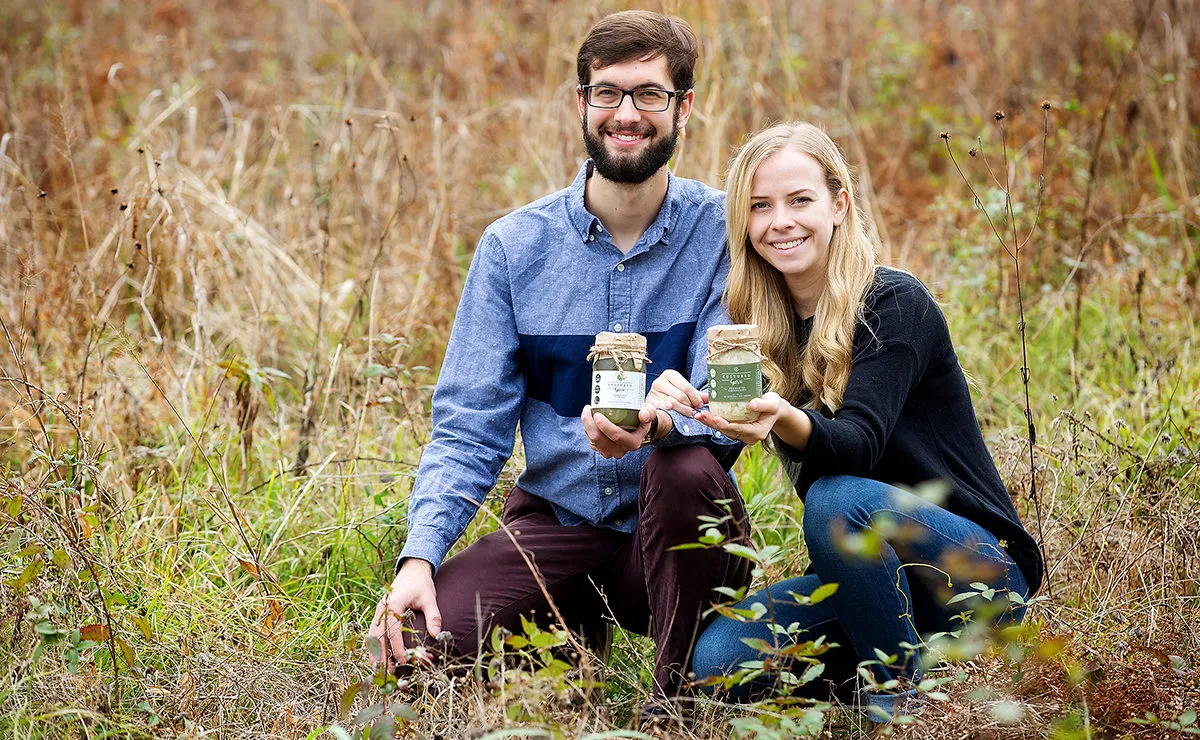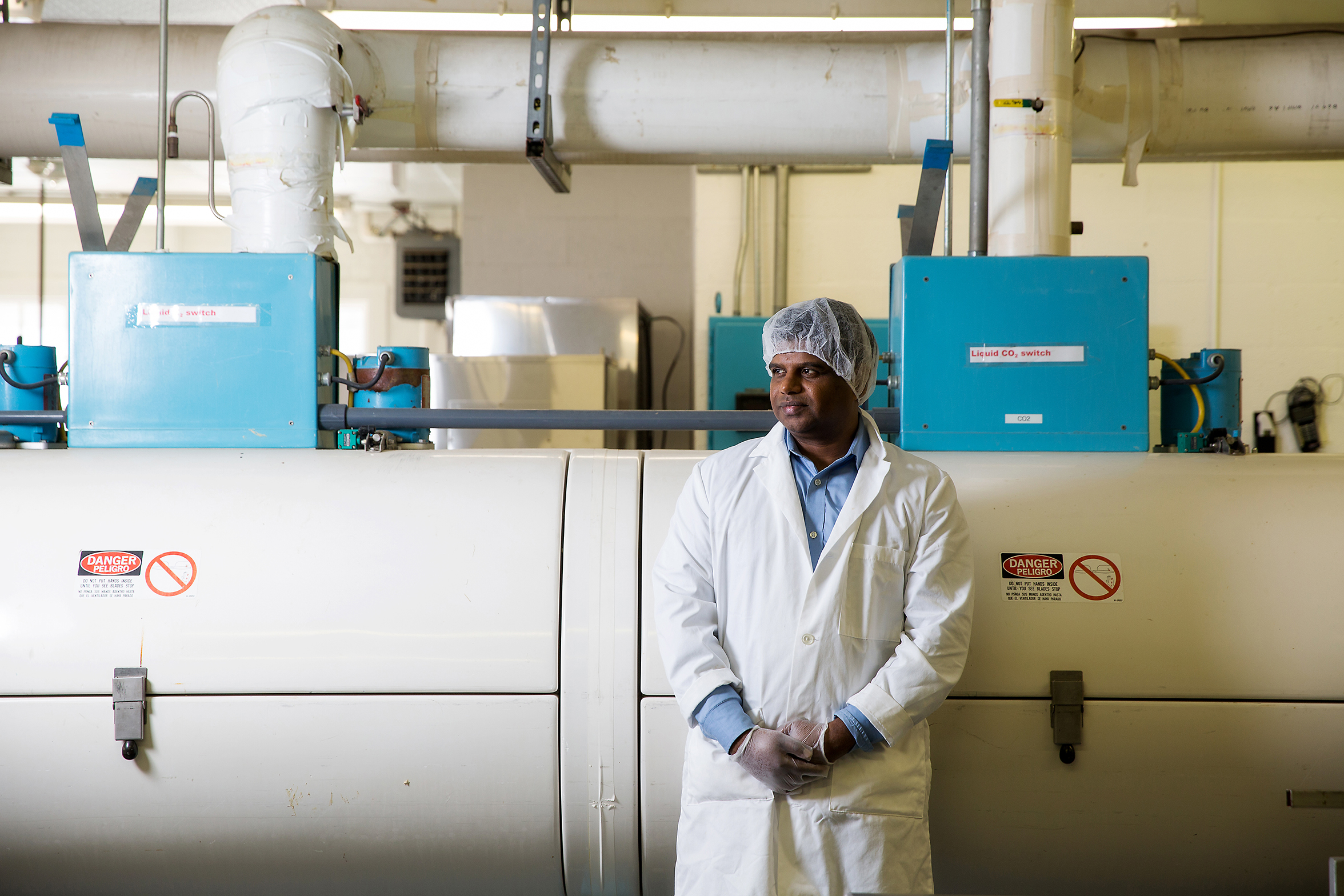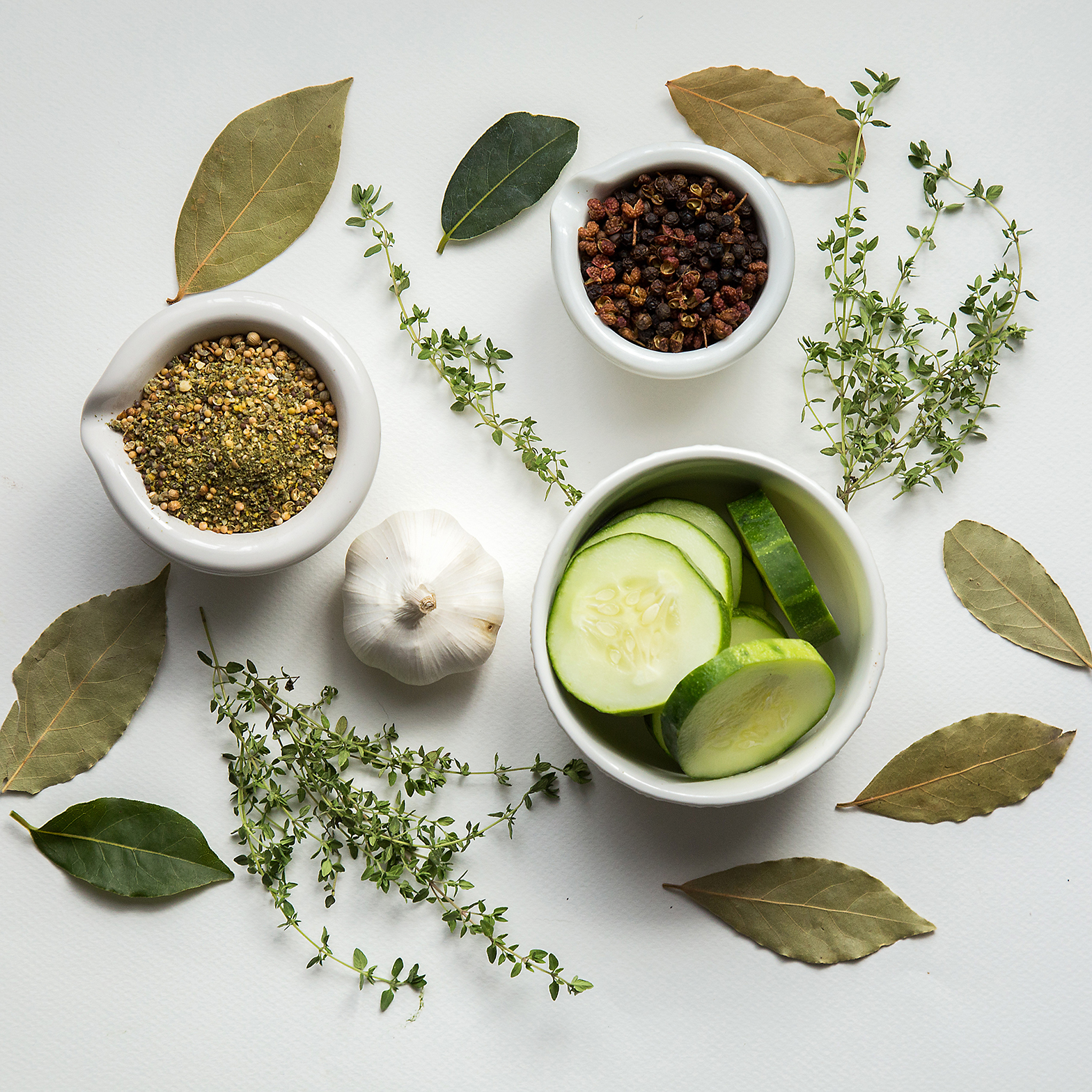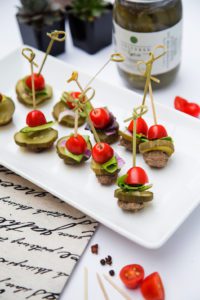
It’s alive: The fermented food trend grows in Louisiana
There’s nothing like a tall glass of lactobacillus in the morning. So microscopic, so mighty. They’ve been multiplying for the past three weeks, at least, killing off all that other bacteria, and now that they number in the millions, they’re finally ready to hunker down and start colonizing that least pleasant arrangement of internal organs—the gut. Hey, no one else was willing to do it. And now that local foodies have started to catch on to these tiny, trendy biomes, they may just be the next big thing.
“A lot of people are afraid when I say that there’s bacteria in fermented food, or that it’s a living food,” says Kaitlynn Fenley, co-founder of Baton Rouge-based company Cultured Guru. “But they’re not scary at all. They’re actually quite beautiful.”

Fenley, a microbiologist, and her partner Scott Chachere, a designer and photographer, evolved Cultured Guru from the success of their former blog, Microbial Universe, a destination for foodies and scientists alike to celebrate the hidden world of good bacteria and educate the public on their benefit to healthy lifestyles. Now, the team uses the power of social media to promote their educational goals, share recipes and sell their own homemade range of Instagram-worthy fermented pickles and sauerkraut.
“The strategy from the beginning has been to introduce people to the benefits of fermented foods and reel them in with cool photos,” says Chachere. “We love when people buy high-quality products from us, but we also want them to learn more about fermentation so that they’re not so weirded out.”
But fermented foods are hardly new to the culinary scene. Anyone who has ever eaten sourdough bread, kimchi, yogurt or apple cider has already enjoyed the benefits of live bacteria, just like humans have done for centuries.
“Even though it seems to be getting more popular in North America, fermented food isn’t new. It’s ancient,” says Subramaniam Sathivel, professor of food engineering at LSU, where he teaches a hands-on class in which students study fermentation by making products like beer and yogurt.
“It’s not a cooking class, though,” he says. “There’s a complicated science behind what we do. Especially with a growing population and decreasing farmland, it’s good to learn about fermentation as a resourceful way to preserve food and reduce waste. But it’s good for your digestive system, too.”
But what is fermentation, anyway? How does it work?

“It’s a microbial process called lactic acid fermentation,” says Fenley. “It happens when you add precise salt concentrations to vegetables so that the lactobacillus bacteria can thrive and produce lactic acid, which helps to preserve the vegetables that contain the microbes naturally.”
From there, a process called bacterial succession begins, with one bacterial species increasing in number and metabolism, altering the environment. When that species dies off, another species takes over, and that ferment continues until the environment becomes the perfect living space for lactobacillus, a member of the probiotic family and a crucial ingredient of healthy bodies and minds.
“A vast majority of Americans are deficient in many critical vitamins, minerals, amino acids and antioxidants, and all of those things must come in through our digestive tract,” says Dr. Betsy Buchert, an obstetrician-gynecologist at Woman’s Hospital and founder of the Mint Health clinic, which focuses on functional wellness. “We are exposed to a large amount of hormonally disruptive chemicals in the environment, and our bodies have to process and get rid of those. We also have to process and get rid of many byproducts that our own bodies make—our hormones, for example, get broken down and excreted. Without a healthy microbiome, we wouldn’t be able to do those things well at all.”
Some people may exhibit direct gastrointestinal symptoms when this balance is disrupted, she says, like bloating, irritable bowel syndrome and nausea. But for others, the signs of a compromised system might be more difficult to ascertain, manifesting as fatigue, weight gain, hormone imbalance, joint pain or skin problems, all of which may connect to an unhealthy gut and microbiome.
“That’s why probiotics in fermented foods are so great,” says Buchert. “They’re like seeds of the healthy, symbiotic bacteria in our bodies. But just like other seeds, if you throw them into poor soil—a hostile environment—they won’t survive. Eating fermented foods definitely isn’t the only part of a gut-healthy nutrition plan, but it’s certainly one you can’t leave out.”
All right, so maybe that strange-smelling kombucha still isn’t for everyone. But what about probiotic burger bites? Autumn yogurt muffins? Kimchi breakfast tacos? Thanks to advocates like Cultured Guru and the increased diversity of fermented products, more Louisianans have finally started to dive into an invisible world, whether to fit in with the mainstream or to sit down for a main course.
Burger bites












